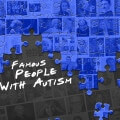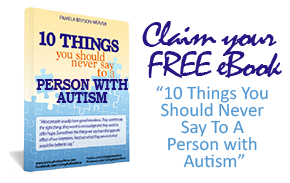The current rise of Autism Spectrum Disorders cases came as a shock to many. This wide-ranging spectrum of disorders ranging from mild to severe do not only have a known “cure” but also lack concrete details on their likely causes. As statistics rise over the years and more challenges are set, parents, caregivers and educators will need more and more information and training on managing these challenging (and often, baffling) behaviors that are part and parcel of ASDs.
Common symptoms of ASD include dismal social skills, extreme rigidity, verbal impairment, obsessive routines, and uncontrollable preoccupation on objects. Most children with ASD display intense behavior and sudden changes can easily develop into horrendous temper tantrums or rage episodes commonly known as meltdowns. For children as young as 2 to 7, this condition may still be manageable but can be quite scary as they grow older. To prevent such from happening, the following disciplinary interventions can be done:
1. Direct and Controlled Verbal Message. Make use of direct but calm verbal message. Tone of voice must be neutral and the use of short, simple commands must be directly communicated to the child without giving an opportunity for choice. A no is a no! There should be no room for maybe. Do remember that kids living on the spectrum do not understand social cues. By being direct and “literal”, you can prevent them feeling overwhelmed by choices that their brains have a hard time processing.
2. Avoid Power Struggles. Confrontation can be overwhelming to a child with autism. As they tend to be “fixated” on things, engaging them in confrontation and power struggles can easily escalate into negative results. In most cases, this could lead to aggression that can be detrimental to the child’s safety or those around them.
3. Consistency is the key. Be firm and consistent when providing expectations. The more predictable the consequences to their behavior are presented, the easier it is for their brains to process and understand. Children with autism are fixed on “routine.” When transitions and change happens, the result can be dreadful.
4. Reward System. In the same way as treating toddlers, reward system is beneficial to children living on the spectrum. You can give reward to desirable behaviors as an “incentive.” On the other hand, limiting their interactions as well as stopping all desired requests can give them an idea the “good” and “bad” side of their behavior.
5. Proactive Approach. Beat the heat by being proactive. Try to avoid known triggers and provide a more structured environment. When changes are inevitable, it is important to teach your kids proper transitioning from one environment or situation to the next. This is one way of easing their discomfort and preventing the release of their panic button.





